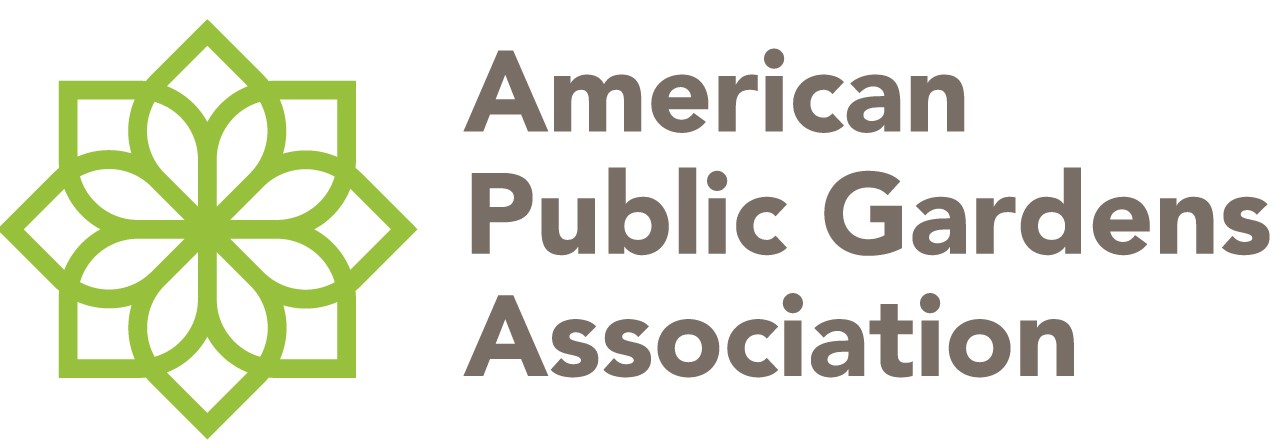The historic gardens at the home of the seventh president of the United States have a new caretaker as of November, and her name is Sarah Edmonds. She will be serving as the historic gardens manager at Andrew Jackson’s Hermitage and will be the public face of the gardens.
“Andrew and Rachel Jackson loved the gardens of their Hermitage, as is evidenced by the gardens’ being their final resting place,” said Howard J. Kittell, president and CEO of the Andrew Jackson Foundation Hermitage. “This full-time position dedicated to the care and preservation of The Hermitage’s historic gardens shows our commitment to the focus placed on these gardens during the Jacksonian era. The gardens not only add to the beauty of The Hermitage but also create a more immersive experience for our guests. Dedicating a full-time position to the care of the gardens is a reflection on how important the gardens are to our telling of the Jackson story and the authenticity for which we strive in preserving their home.”
Edmonds will be responsible for developing and implementing long-range care plans to preserve and maintain The Hermitage gardens in a manner that is both historically accurate and aesthetically pleasing, while striving to educate visitors and the public about The Hermitage gardens’ history and plants.
While in the position of historic gardens manager, Edmonds plans to create a community garden, among other initiatives.
Prior to joining The Hermitage, Edmonds held positions with The Historic Farm at Glen Leven and Food and Farm at Lafayette College. Throughout most of her career, Edmonds has experience caring for, maintaining and properly cultivating various gardens.
About Andrew Jackson’s Hermitage
Andrew Jackson’s Hermitage: Home of the People’s President is one of the largest, most well-preserved and most visited presidential homes in the United States. Opened to the public in 1889, The Hermitage is one of America’s first presidential museums. Today, The Hermitage is a 1,120-acre National Historic Landmark with 27 historic buildings, including Jackson’s mansion and tomb, restored slave cabins, a church, and gardens. In recent years, new interpretive initiatives and educational programs such as the history of slavery have enhanced the experience of 228,157 annual visitors. For more information, visit www.thehermitage.com.




